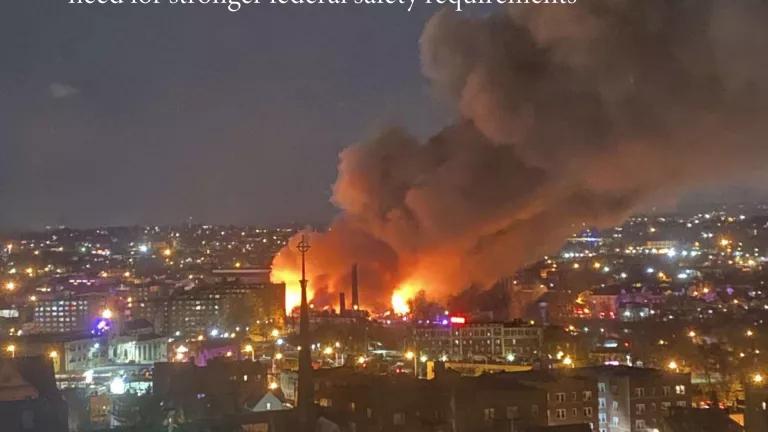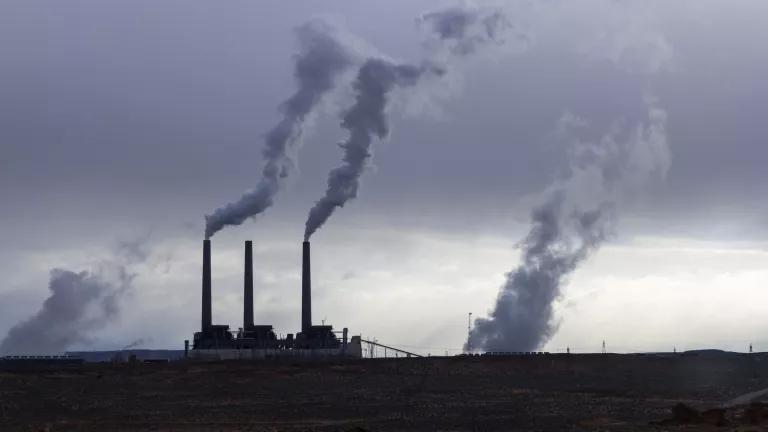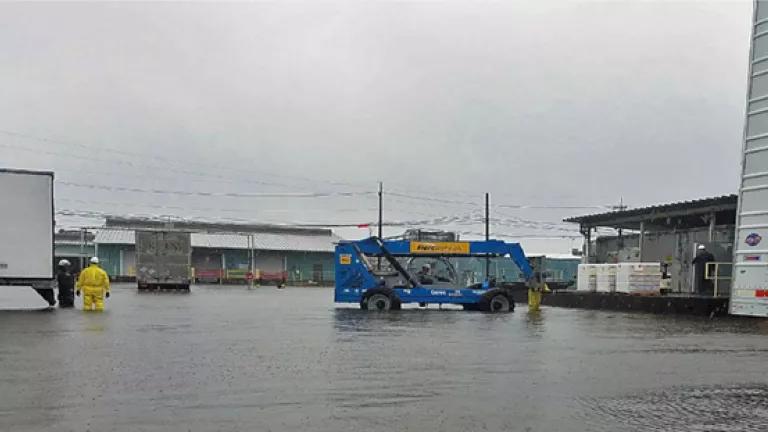We Can’t Have Environmental Justice Without These Ten Things
Over 100 organizations are releasing an updated version of the Louisville Charter for Safer Chemicals outlining a ten-part roadmap for transforming the chemical industry.

The Fifth District of St. James Parish, Louisiana is 91 percent Black, has 61 percent of children living in poverty, and is packed with 12 petrochemical facilities spewing millions of pounds of harmful pollution. And these numbers are not an anomaly—they reflect a larger pattern of environmental injustice seen with many industries, including the chemical industry, that locate facilities with toxic emissions in communities with predominately people of color, low-income earners, or both. This was the case in the Louisville, Kentucky “Rubbertown” area— primarily Black and littered with 11 industrial facilities—when grassroots environmental justice groups hosted a convening in May 2004 with a visionary agenda: ending harm from toxic chemical contamination. The result was the Louisville Charter for Safer Chemicals.
Over 15 years have passed and sadly many of the issues addressed in the original Charter have only become more urgent. That is why in 2021 over 100 organizations, including NRDC, are releasing an updated version of the Charter that outlines a ten-part roadmap to transform the chemical industry and alleviate its disproportionate harm on people of color, low-income earners, Tribes and Native/Indigenous communities, women, children, and farmworkers.
NRDC is directly engaged in science, policy and legal work related to several pieces within the updated Charter, including these:
- Prevent Disproportionate Exposures and Hazards, and Reduce Cumulative Impacts on Environmental Justice Communities, including communities of color, Tribes and Native/Indigenous communities, and low-income communities that experience multiple pollutants from multiple sources and accumulation over time.
- Require Safer Substitutes and Solutions for a Non-Toxic Economy by: redesigning chemical products and systems; altering production processes; substituting with safer chemicals; limiting output to produce chemicals shown to be safe throughout their lifecycle; and rewarding innovation.
- Use Scientific Data to Support Health-Protective Policies and Practices, including addressing chemical classes, rather than one chemical at a time, when possible.
- Incentivize Responsible Business & Safer Chemicals, including curtailing subsidies for companies that continue to pollute and produce chemicals that are harmful to human health and the environment.
In these divided times, the premise of the Charter may seem audacious—with collective power, we can fundamentally transform the way we make and use chemicals to serve people, instead of generating profits for corporations at the expense of communities; create safe, sustainable jobs instead of dangerous ones; renew and nourish the environment instead of depleting and polluting it.
To achieve this vision of a healthy and just future, we must come together around the Louisville Charter for Safer Chemicals and follow the lead of those impacted most by harmful chemicals.



